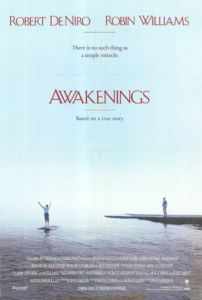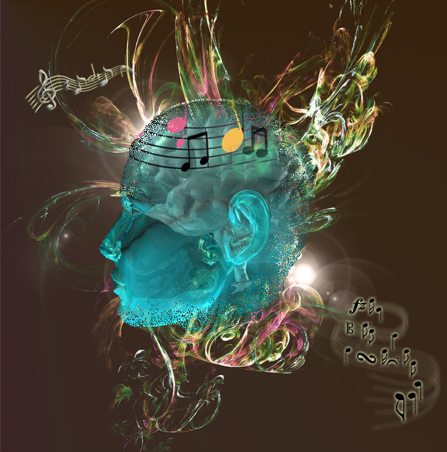Research Objective:
Improving children’s speech that was lost to CVA Cerebral Vascular Accident brain injury, through brain motor pathway neurological rehabilitation utilizing music and sound exercises.
Patient: Ambrish Maker
Brain and Spinal Cord Center pediatric patient
Dr. Oliver Sacks the neurologist of the feature film “Awakenings” fame, observed that patients that were unable to talk, were actually able to sing. And patients unable to walk, were able to dance.

He observed that through music and rhythm, that different neural pathways were activated and strengthened that enabled much greater latent function to emerge.
After suffering a CVA at 10 years old, Ambrish, a former top scholastic student musician and the youngest son of a physician, flew to the US with his family from his home country of India for treatment of his brain injury.
He was unable to make clinical progress despite many physician specialist visits.
Mr. Shapray as a young student, struggled with dyslexia throughout his school years. He worked to become a classically trained music theorist inspired partially by Dr. Sacks’ work. He was studying brain and spinal cord applications in music therapy at the time he worked with Ambrish. He also assisted in the computer speech development lab at IBM’s campus.
He worked many long days over months with Ambrish. They achieved a breakthrough using basic music and sound-based motor pathway building rehabilitation that enabled Ambrish to say his first words, “Daddy I love you”, since the onset of his CVA at 10 years old.
His father Dr. Maker, MD was moved to joyful tears hearing his son’s voice after years since Ambrish’s condition developed.
We support further research into the application of a brain motor pathway building rehabilitation program that can improve CVA outcome in children and adults.
Links:
Rodriguez-Fornells, A., Rojo, N., Amengual, J. L., Ripolles, P., Altenmuller, E., & Munte, T. F. (2012). The involvement of audio-motor coupling in the music-supported therapy applied to stroke patients. Neurosciences and Music Iv: Learning and Memory, 1252, 282-293.
http://www.ncbi.nlm.nih.gov/pmc/articles/PMC3010734/
Schlaug, G., Marchina, S., & Norton, A. (2008). From singing to speaking: Why singing may lead to recovery of expressive language function in patients with Broca’s aphasia. Music Perception, 25(4), 315-323.
http://journal.frontiersin.org/Journal/10.3389/fnhum.2014.00592/full
Front. Hum. Neurosci., 11 August 2014
The combination of rhythm and pitch can account for the beneficial effect of melodic intonation therapy on connected speech improvements in Broca’s aphasia
Anna Zumbansen1,2,3, Isabelle Peretz2,3,4 and Sylvie Hébert1,2,3*
• 1Faculty of Medicine, School of Speech Pathology and Audiology, Université de Montréal, Montreal, QC, Canada
• 2CRBLM, Centre for Research on Brain, Language and Music, McGill University, Montreal, QC, Canada
• 3BRAMS, International Laboratory for Research on Brain, Music, and Sound, Université de Montréal, Montreal, QC, Canada
• 4Faculty of Arts and Science, Department of Psychology, Université de Montréal, Montreal, QC, Canada
Disclaimer: The information presented here is for educational purposes only.

